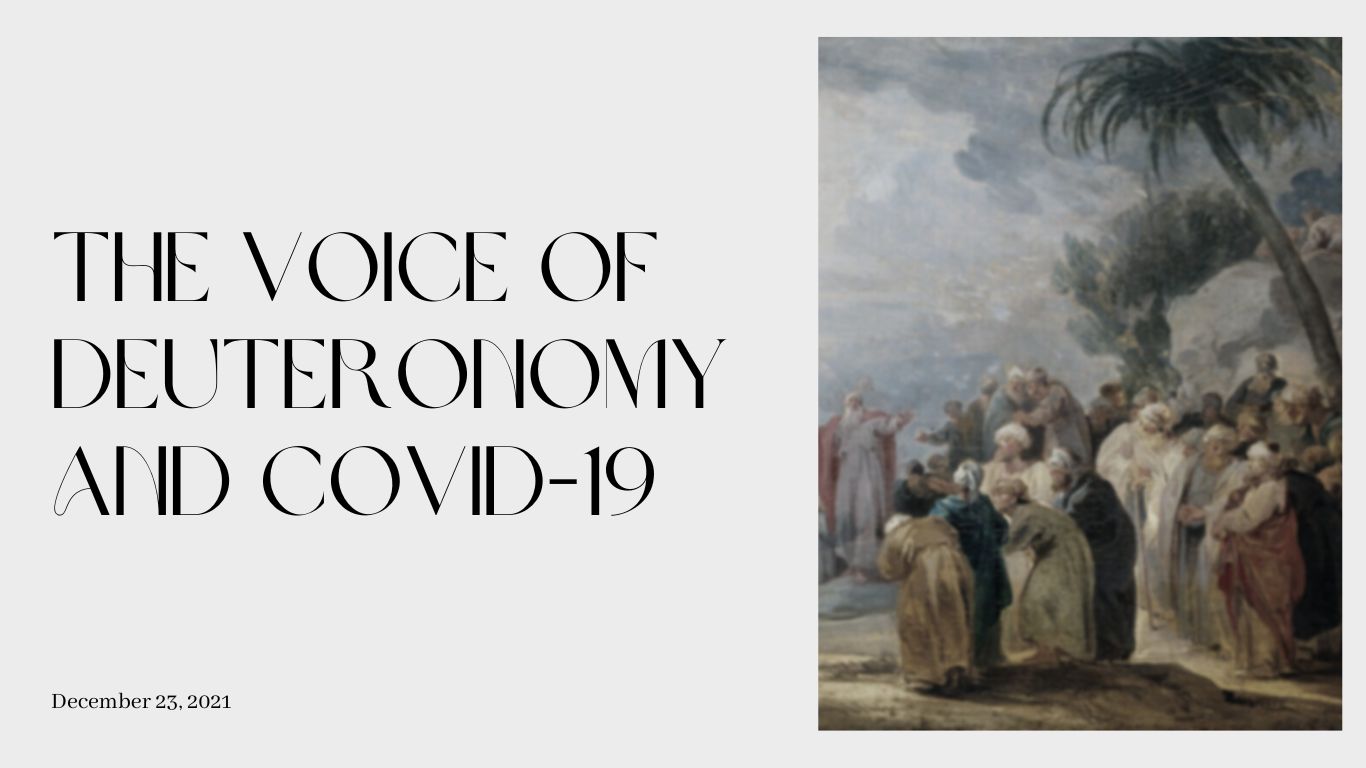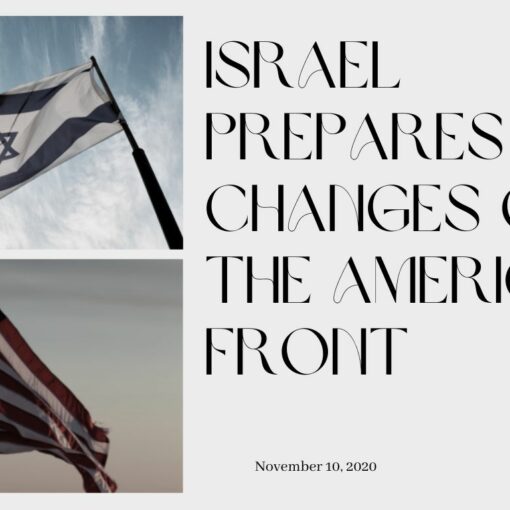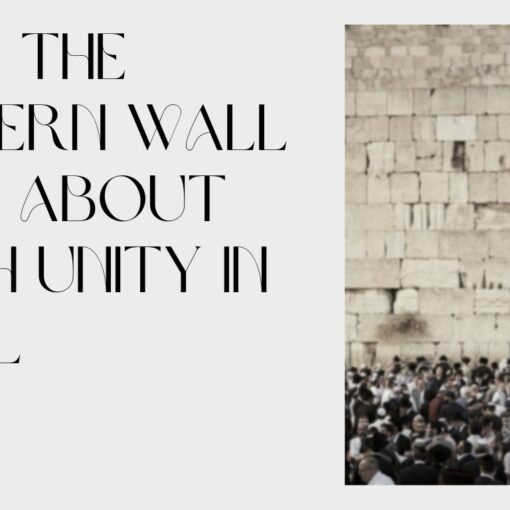
Reena Bromberg Gaber
While scrolling through a Twitter feed, you pass Kamala Harris retweeting Joe Biden’s December 14th tweet, “Science will always be at the forefront of my administration.” Scroll down more and forty minutes ago, the New York Times tweeted that “Court Finds 14 Guilty of Aiding Charlie Hebdo and Anti-Semitic Attacks,” linked to an article on their website. Then you pass news about the Nor’easter hitting the Eastern Seaboard and see that the Philadelphia Phillies official Twitter account retweeted the New Era Phillies Team Store announcing that due to inclement weather, their store would be closed on December 16th.
Reading Twitter
As you peruse and interact with your Twitter feed, you read news about weather, sports, politics, or any other part of life. And you may even prefer using social media over other news sources. Americans increasingly prefer getting their news online—34 percent in 2018, up from 28 percent in 2016—and more Americans prefer getting news from social media than from print newspapers—one in five—according to a Pew Research Center report from 2019. Facebook, YouTube, and Twitter are the most popular social media sites for news consumption, according to a Pew survey from 2018.
As the world becomes progressively more globally-connected via the internet, social media, especially Twitter, has forced traditional media to change. Traditional media also holds a part in the development of social media. In the last two decades, researchers and analysts have studied the effects of social media on traditional media and vice versa. The two are inextricably linked; traditional media has gained click-traffic because of redirection from social media and social media’s growth has been fueled because it links to traditional media.
Finding, breaking, and dispersing news is guided more and more by social media. Einar Thorsen, a researcher and lecturer, discussed these changes relating to social media, in his essay “Live Blogging and Social Media Curation.” Social media platforms give an inside, direct, on-demand look into what the general public is thinking. Tweets and live-blogs share if the public is concerned or interested in an issue. Social media platforms give the general public the opportunity to participate in the news cycle. People tweet pictures and videos as eye-witnesses and alert journalists that there could be breaking news. Social media platforms give those journalists the ability to have that lightning-fast, breaking-news response time that has become characteristic of 21st Century media. Journalists monitor social media, reading Twitter for news while also “publishing eyewitness accounts, commentary, crowdsourcing and fact checking information,” Thorsen wrote. Journalists can quickly tweet about newsworthy events and links to articles, directing the public to their sites.
Trends
These trends are seen directly in the data and facts, according to Farida Vis’ study, “Twitter As A Reporting Tool For Breaking News”. Because of the immediacy and accessibility of Twitter, important information can be shared more quickly and efficiently than traditional media–in the case of Hurricane Katrina, before social media, response to the disaster was complicated because communication networks were damaged. With the use of Twitter, other crisis situations were aided because of breaking news and updates on Twitter. Similarly, reading Twitter has aided riots, protests, and revolutions; much of Vis’ study focused on two journalists who live-tweeted the 2011 London Riots and how they spread breaking news and updates via Twitter, a faster and more efficient dispersion of information.
As reading Twitter and other social media have aided the spread of news, they have also aided the spread of false information, something that has become a more prevalent issue. Despite the benefits of using social media to spread news and information, social media users are skeptical of the news they read. 57 percent of social media news users expect the news they see on social media to be largely inaccurate, according to the same 2018 Pew study. Both Thorsen and Vis explained the growing importance of verification of facts, videos, pictures, and news. Mainstream media’s use of social media has increased so systems for verification have also subsequently increased. There are now services to ensure accuracy and precision of information, according to Vis. The public and journalists readjust with how social media changes, and as these interactions develop, accuracy and trust will develop.
The involvement of social media and traditional media with each other has already affected the other, Thorsen and Vis demonstrated. Social media is a source of spreading information, both what traditional media puts out and what traditional media takes in. Because of the ease, speed, and convenience of social media, for both the general public and media outlets, the entanglement will continue. So get used to a scroll through Twitter instead of reading a physical paper with your morning coffee.
>>This was written for Reporting Armed Conflict in the Middle East, a course taught at Hebrew University in Jerusalem, fall 2020. The seminar based course focused on objectives, methods, and consequences of media involvement in armed conflicts. Reported on conflicts, both social and political, in Israel. Articles included reporting on political unrest and protests, religious conflicts, and relations with Gaza.




